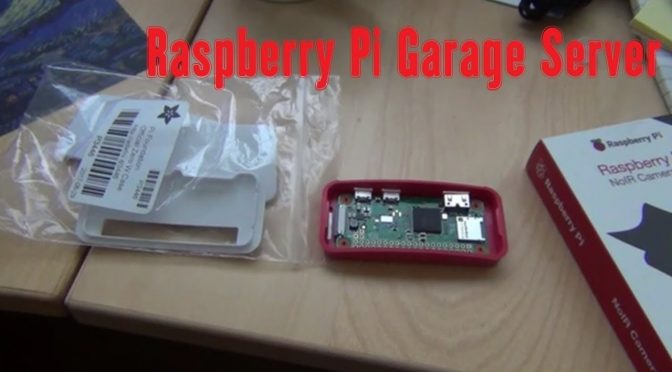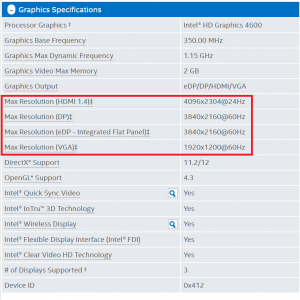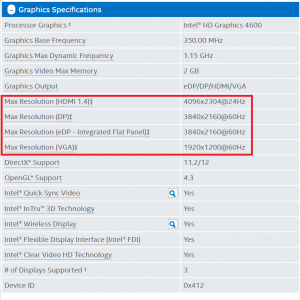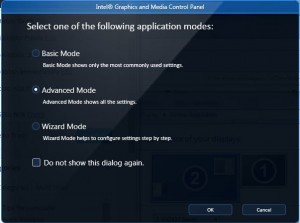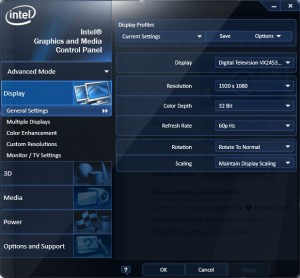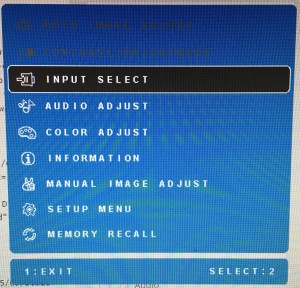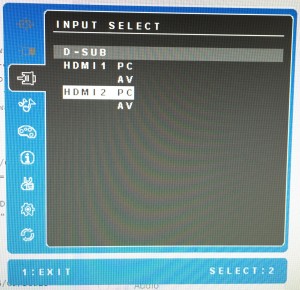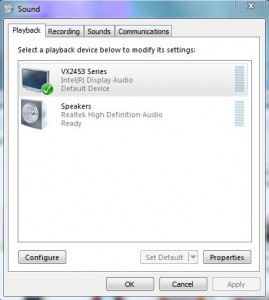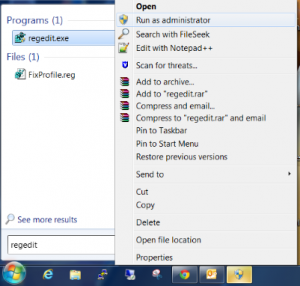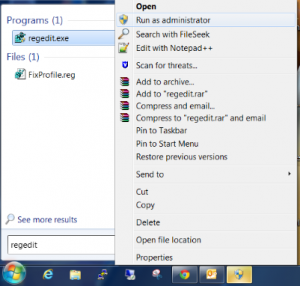Geek alert! If you don’t do system administration on a server, this is probably not very interesting to you. But if you’re curious about installing the Thunderbird email client on a Linux Server and how it’s different from your regular click-and-install on a Windows or Mac PC, then you may want to read on.
Oracle Linux is a freely downloaded operating system that anyone could download to your server or PC and enjoy an instant power over a very powerful server, commonly used to facilitate data processing on the Internet. You use them when you shop on Amazon, search on Google or use Google Drive and etc. So what’s a big deal in installing Thunderbird on a server?
Well, installing software on a Linux system is NOT straightforward. This is why Microsoft Windows remains the gorilla in the PC world, albeit a declining one. For several times over the span of months, I attempted to download Thunderbird directly from http://www.mozilla.org/en-US/thunderbird/ and install it on the Oracle Linux server that I manage, I kept running into all kinds of problem. Like after installation, Thunderbird would not run, complaining of “libxul.so: cannot open shared object file: No such file or directory Couldn’t load XPCOM.” And then the software would just die. I tried on several machines and kept running into the same problem. Many people are having the exact problem based on my Google search.
After googling around and looking for a solution for over a month, I discovered that the standard Thunderbird download site contains a simple Linux version of the Thunderbird, destined for mostly client-based Linux like Fedora, or others. (Yes, there are many Linux variants: those for the PC/Clients and those for the servers.) But it would not work properly in the “Enterprise”-class type of this Linux variant – Oracle Linux.
1. You’d need to do a software update. This is done with the “yum install” command to bring all the software modules up to date. This Oracle Public Yum site helped me.
2. Next, download the latest Thunderbird from this website
using your favorite browser.
3. Find the rpm module from this findrpm website instead of from Thunder Download. Keep in mind that you’d need to look for CentOS version as it’s mostly compatible with Oracle Linux. See below screenshot:
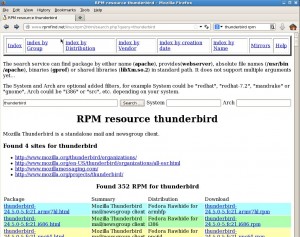
4. Download the correct version:

Look for your corresponding OS version. I had a Oracle Linux 5.10 so I looked for “x86_64” version of CentOS 5.10 if you have a 64-bit version, otherwise look for the “i386” version.
5. Install with “rpm -i Thunderbird-xxxxx.rpm”. You can try to run it but for the Oracle Linux 5 version, there is another rpm, Launchmail, to install before it’s fully functional.
6. Download and install “Launchmail”:

There you have it. You can now run the Thunderbird from /usr/bin/thunderbird .
Unlike the PC or Mac OS version, Thunderbird for Enterprise-class Linux is a pain to install. No wonder people are stuck with Microsoft and MacOS because of the ease of installation and other numerous ease-of-use reasons. Hopefully, this tip helps. I surely hoped someone else had written this before I spent many hours getting Thunderbird to work. However, I got to understand how fragmented Linux Apps are. There were many details I wish I didn’t have to deal with. Just double click and install automatically. Until that happens, Linux is not going to catch on for most people.

